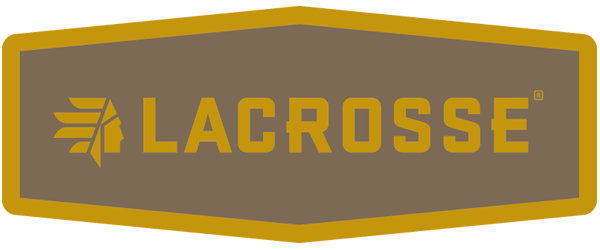Clover is considered by many to be the most universal deer food and the reputation is not without merit. I can’t lie to you, it’s my favorite; I use it on every price of land I help manage, some more than others. Clover is easy to establish in most regions of the country and most soil types. It is easy to maintain with two cuttings per summer and will fight through residue much better than alfalfa so you don’t necessarily have to bale it.
But clover has a downside. First it doesn’t last as many years as alfalfa. Three years is pretty typical for a clover plot before it is overtaken by grass. Second, clover isn’t as viable as alfalfa from a commercial standpoint because it yields less and isn’t as marketable. Also, clover flattens and loses its attractiveness for deer after the weather turns cold. In fact, the first killing frost puts clover into a dormant stage when much of the nutritional value is gone. Because it is simple for hobby farmers and hunters to establish and maintain, clover remains a favorite of mine.
Alfalfa is an excellent source of protein. In fact, there is nothing readily available that produces more crude protein than high quality alfalfa. Deer will hammer it all summer and for as long as the plant remains nutritious into the fall. They will also start on it as early as possible in the spring. Also, a properly maintained alfalfa plot will last up to five years and with a well-established market for quality alfalfa hay you might just make a little cash to help pay for other plots or habitat. Since you need to cut the crop and remove the residue anyway, why not make some cold hard cash?
Alfalfa also has downsides. First, alfalfa is primarily a summer food source. It turns quickly after the first hard frost and will be utilized less by deer thereafter. Also, it doesn’t green-up as quickly in the spring as clover, so it isn’t of much benefit during periods of high stress. Second, alfalfa can be tough to establish and maintain. The soil needs to be well drained or the crop will quickly flood out. Also, alfalfa is expensive to establish. If you really would like to benefit from alfalfa, I would suggest adding it to a clover mix at one pound per acre. If you are selling the hay, the math is a lot friendlier, in fact, in 2011 alfalfa (and grass hay) as a crop was very profitable.
Specialty Mixes
Ok a few words on the mixes you might find at a local hunting shop, not that they are bad but they might not grow well in your area and the best way to find this out is to ask a local professional. One thing to keep in mind is you need to match your soils and climate with the right mix, in order for your deer to get the goody out of it. There are tons of companies these days selling a little of everything to everyone. Most of these mixes aren’t cheap, so you want to make sure it will grow. Not only will the Biologic web site sell you the seed they have a ton of info on what will grow in your area and which mixes will work best for your goals. Check them out at www.plantbiologic.com

















